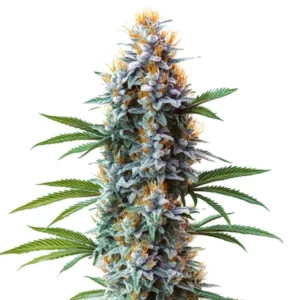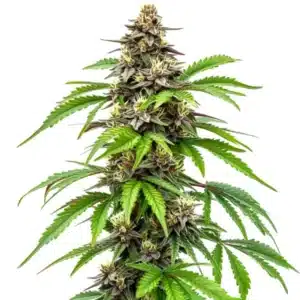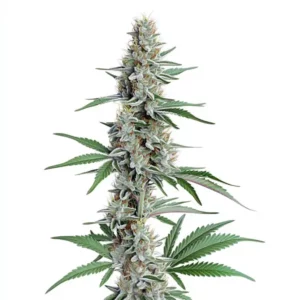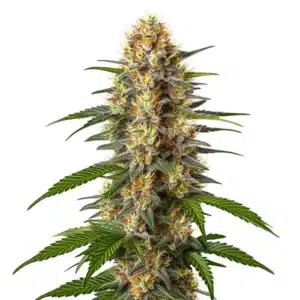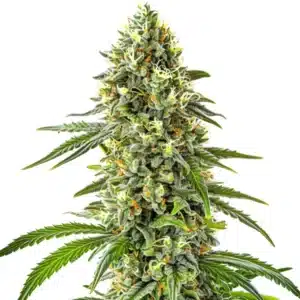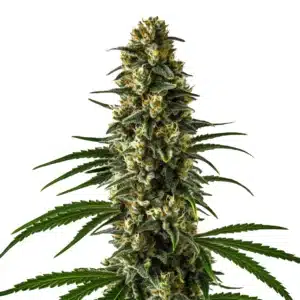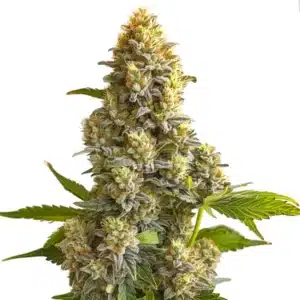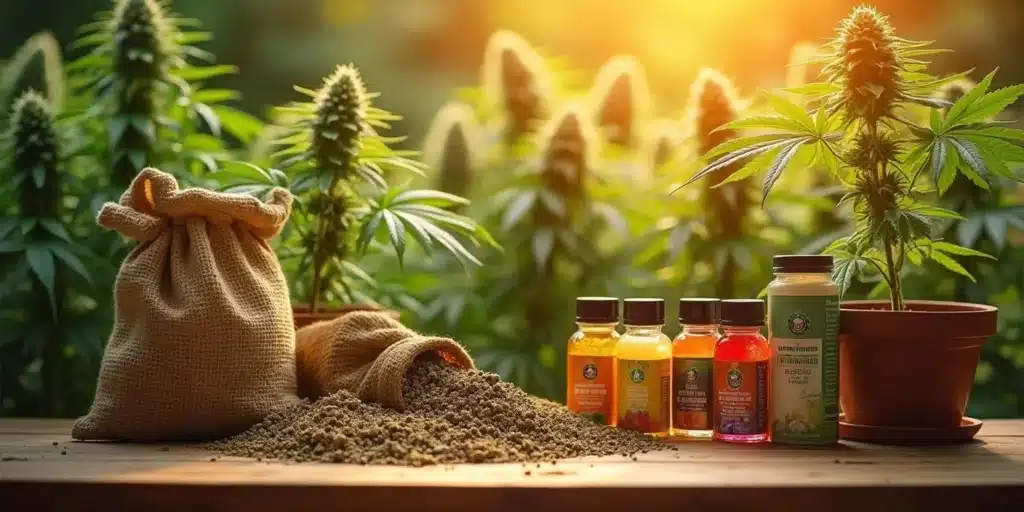
The Best Fertilizers for Flowering Cannabis
Flowering is one of the most exciting and crucial stages in cannabis cultivation. When you reach this point, the choices you make regarding fertilizers can significantly impact plant health and, ultimately, yields. By selecting the best fertilizers for flowering, growers can ensure their plants receive the specific nutrients needed to promote healthy buds. In this exploration, we will discuss the essential fertilizers for supporting flowering cannabis plants and how to use them effectively to achieve vibrant blooms and robust growth.
Importance of Fertilizers During the Flowering Stage
As plants transition into flowering, their nutritional needs shift markedly. Unlike the vegetative phase, where growth and leaf production are prioritized, the flowering stage requires a focus on critical nutrients, primarily phosphorus and potassium. Using the best fertilizers for flowering ensures that plants receive these essential elements for optimal bud formation. Phosphorus plays a vital role in root growth and flower development, while potassium contributes to overall plant vitality and helps defend against diseases.
Recommended Strains
Blue Dream
|
|
THC | 17% - 24% (Medium) |
|
|
Type | Feminized |
|
|
Yield | High |
|
|
Phenotype | 50% Indica / 50% Sativa |
Blue Cheese
|
|
THC | 16% - 20% (Medium) |
|
|
Type | Feminized |
|
|
Yield | High |
|
|
Phenotype | 80% Indica / 20% Sativa |
In the world of cannabis cultivation, using fertilizers specifically designed for the flowering stage can lead to impressive results. This tailored approach ensures that plants receive the precise nutrients they need without the risk of over-fertilization or deficiencies that could hinder their growth.
Think of fertilizers as fuel for your plants. Just as a car needs the right kind of fuel to run smoothly, cannabis plants need the proper nutrients during flowering to produce the best results. By carefully selecting and applying these fertilizers, you’re setting the stage for an abundant and flavorful yield.
Key Nutrients Essential for Flowering Cannabis
Let’s dive into the specific nutrients that play a vital role during the flowering stage:
- Phosphorus (P): This nutrient is a powerhouse for root structure and flowering, necessary for forming flowers and fruits.
- Potassium (K): It aids in strengthening the plant, improving overall health, and is instrumental in the development of robust buds.
- Nitrogen (N): Although its importance diminishes during flowering, nitrogen remains crucial for promoting new growth opportunities.
These nutrients are available from various sources, both organic and synthetic. The right balance ensures that your plants not only survive but truly thrive during their flowering phase. Each nutrient serves its purpose, and understanding how they work together will enable you to cultivate healthier, more productive plants.
Moreover, consider the formulations available in the market. Some of the best fertilizers for flowering are specifically designed to release nutrients gradually over time, while others deliver them instantly. Depending on your growing method—whether it’s soil, hydroponics, or another medium—choosing the right type is crucial for fostering plant health and maximizing flower production.
Promos & Deals
Top Fertilizer Products for Flowering Cannabis
The vast variety of products available may seem overwhelming, but many growers have successfully identified top choices that yield outstanding results. Below are some recommended fertilizers that have garnered positive feedback from the cannabis community.
1. Specialized Bloom Nutrients
Bloom nutrients are tailor-made for the flowering stage. Products like General Hydroponics Flora Bloom provide a balanced blend of phosphorus and potassium. Many growers have reported that using bloom nutrients leads to noticeably increased yields and enhanced bud quality. Additionally, these fertilizers often encourage resin production, which can greatly improve the plant’s appeal.
When selecting a bloom nutrient, pay attention to the formulation to ensure it aligns with your growing medium. Whether you’re growing in soil, hydroponically, or in coco coir, tailoring your choice to your specific setup can make a notable difference in the health of your plants.
Many growers find that incorporating supplements like molasses during this stage can complement the best fertilizers for flowering, providing plants with natural sugars that enhance microbial activity in the soil and lead to a healthier ecosystem.
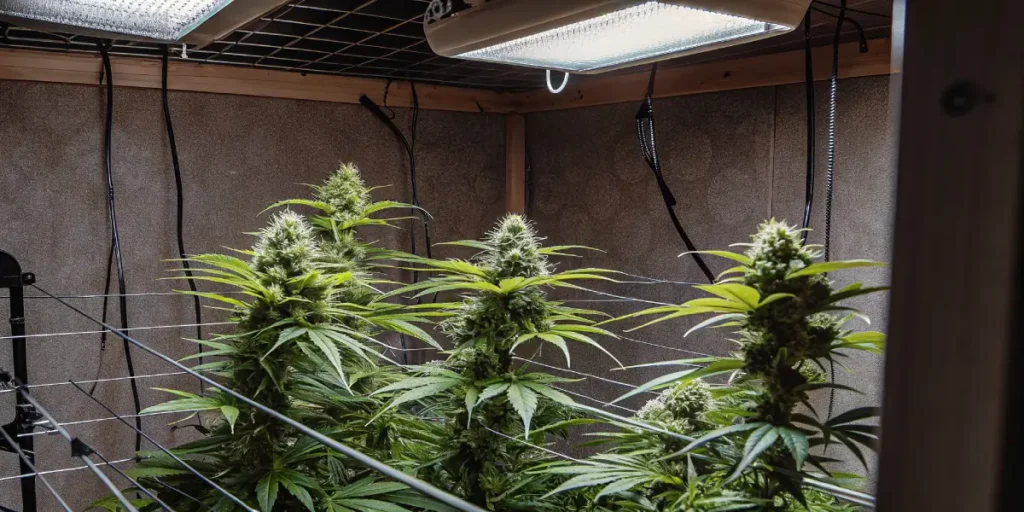
2. Organic Fertilizer Options
For environmentally conscious growers, organic fertilizers such as worm castings and bat guano are exceptional options that enhance soil health sustainably. These organic materials break down slowly, releasing essential nutrients over an extended period, thereby avoiding the risks associated with synthetic fertilizers.
Another popular and beneficial organic option is bone meal, rich in phosphorus. When applied to flowering plants, it supports a vigorous blooming process while promoting healthy root development. Organic fertilizers don’t just support plant health; they create a thriving ecosystem within the soil, which results in improved nutrient cycling and a more resilient plant.
Additionally, compost teas are another organic route that helps deliver nutrients while ensuring a rich biodiversity in your soil. These can be prepared at home and are a wonderful way to give your plants a natural boost during flowering.
3. Quick-Release Liquid Fertilizers
Liquid fertilizers are another great alternative for those looking for convenience and quick results. Some of the best fertilizers for flowering, like Advanced Nutrients Big Bud, are specifically designed for this phase, allowing for rapid nutrient uptake by the plants. They are simple to mix and apply, making them a go-to choice for both novice and seasoned growers alike.
One of the key benefits of liquid fertilizers is their ability to deliver essential nutrients directly to your plants. Whether you’re using them in a soil setup or hydroponics, the effects can often be seen almost instantly, promoting strong flowering and bud development.
However, it’s essential to monitor your plants closely after applications, as the quick delivery can lead to nutrient uptakes that adjust rapidly, so keeping an eye on your plants’ growth patterns is crucial for optimal results.
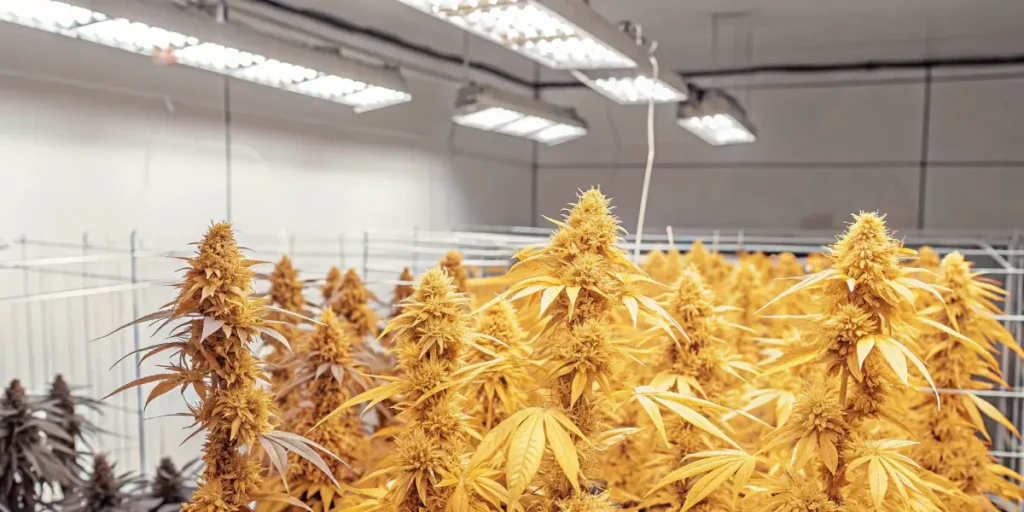
Application Tips for Successfully Fertilizing During Flowering
Choosing the right fertilizers is just the start. Even when using the best fertilizers for flowering, understanding how to apply them correctly is key. Timing and dosage matter immensely; failing to strike the right balance can lead to issues such as nutrient burn, adversely affecting your plants.
1. Establishing a Feeding Schedule
Establishing a feeding schedule is beneficial for both you and your plants. Generally speaking, most cannabis plants thrive when fertilized once a week during the flowering stage. This routine allows you to closely monitor plant health and adjust your approach based on their nutritional needs and reactions.
A common practice among growers is to follow a cycle of feeding, then watering, and finally feeding again. This approach helps maintain moisture levels in the soil while preventing nutrient buildup and creating a balanced environment for healthy growth.
If you’re unsure about how much to feed, starting low and adjusting upwards based on your plants’ responses is always a sound strategy. Over time, you will become attuned to your plants’ needs, making adjustments easier.
2. Keeping an Eye on pH Levels
One of the most critical aspects of nutrient absorption is pH level management. Cannabis plants typically prefer a pH range of 6.0 to 6.5 when grown in soil, while hydroponic systems thrive at slightly lower pH levels. Even when using the best fertilizers for flowering, maintaining the correct pH is essential to ensure your plants can efficiently absorb the nutrients they need.
If you find that the pH is off-balance, certain nutrients may become unavailable, leading to deficiencies that could compromise plant health. Fortunately, various pH adjusters are available to help maintain proper levels, so it’s wise to factor this into your regular maintenance routine.
Regular pH checks not only help in nutrient management but also improve overall plant resilience, promoting stronger, more fruitful blooms as they progress through the flowering phase.
Challenges and Solutions for Flowering Cannabis
As you apply fertilizers, you may encounter some common challenges. Here are a couple of frequent issues that arise and how you can address them effectively.
1. Nutrient Burn
Nutrient burn can occur when the application of fertilizers exceeds what your plants can comfortably tolerate. You’ll notice this issue manifesting as yellowing leaves with crispy edges or burnt tips. If you spot these signs, consider flushing your growing medium with plain water to help remove the excess nutrients.
Prevention is always better than cure—starting with lower nutrient doses and gradually increasing them can shield your plants from suffering in the first place. This careful approach allows for a smoother feeding experience while promoting healthy development.
Furthermore, consider using a balanced fertilizer that provides a gradual nutrient release, as this can help minimize the risk of burning, allowing your plants to adjust gradually to the available nutrients.
2. Identifying Nutrient Deficiencies
Nutrient deficiencies can manifest in various ways, such as yellowing leaves or stunted growth. The first step to fixing a deficiency is correctly identifying which nutrient is lacking. For instance, a deficiency in phosphorus may show up as dark green foliage accompanied by purple stems.
Upon identifying the deficiency, consider applying a fertilizer that contains the specific nutrient in question. Choosing from the best fertilizers for flowering can help ensure your plants receive balanced nutrition during this critical phase. On top of that, remember that consistent observation of your plants can help catch deficiencies early—this proactive approach allows you to remedy issues before they escalate into more significant problems.
In some cases, you might also want to investigate your watering practices, as issues like overwatering can exacerbate nutrient uptake problems, leading to deficiencies even when fertilizers are present.
Recommended Cannabis Strains for Flourishing During Flowering
Certain cannabis strains are inherently more resilient and responsive when provided suitable fertilizer options during flowering. Here are three strains you might consider growing, as they can significantly benefit from proper flowering nutrition:
- Blue Dream: This popular strain is known for its balanced effects and thrives under adequate feeding. Growers often report high yields of sweet, aromatic buds with a carefully managed fertilizer routine.
- Girl Scout Cookies: Renowned for its dense and flavorful buds, this strain responds well to phosphorus boosts during flowering, leading to even richer flavors.
- Super Lemon Haze: This energetic sativa flourishes with nutrient-rich feeding, resulting in buds that are not only visually appealing but also bursting with refreshing citrus aroma.
The right choice of strain combined with a solid fertilization technique can lead to rewarding harvests. Each grow can be an exploration—experimenting with different combinations allows you to discover what works best for your environment.
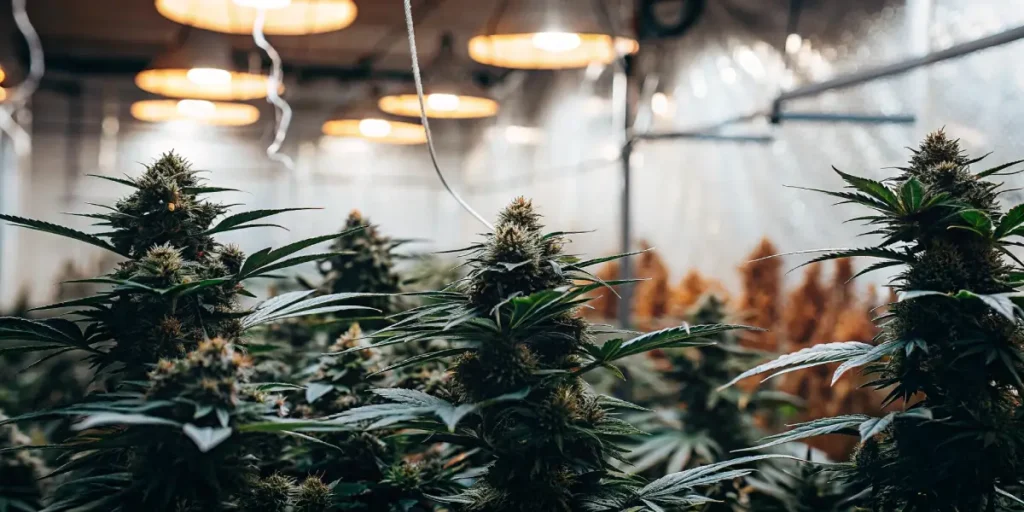
FAQs about Best fertilizers for flowering
What are the signs that my plants are over-fertilized?
Signs of over-fertilization can manifest as burnt leaf tips, yellowing leaves, or curling edges. If you observe these symptoms, it’s crucial to act quickly by flushing the soil with plenty of water to remove excess nutrients. It’s also wise to evaluate and adjust your feeding schedule.
How often should I fertilize my flowering cannabis plants?
Most cannabis growers find success by fertilizing their plants on a once-per-week schedule during the flowering period. This gives your plants time to recover between feedings and ensures efficient utilization of the nutrients provided.
Some growers may also introduce smaller dose applications every few days to maintain steady nutrient levels. The key is to observe and adapt based on your plants’ responses.
Is it okay to mix chemical fertilizers with organic options?
While it’s possible to combine both types, doing so can be complicated. To keep things simple and reduce the risk of over-fertilization, it’s advisable to stick to one method at a time. This also allows you to better gauge how your plants are responding to the chosen nutrients.
What is the best way to determine if my plants need additional nutrients?
Observing your plants closely is vital—changes in leaf color or growth patterns can often indicate nutrient needs. Regular checks on both the plant leaves and soil conditions can offer clues, enabling you to make timely adjustments to your fertilization strategy.
You can also consider using soil testing kits to analyze nutrient levels, which can provide you with detailed insights matching your observations, helping guarantee your plants receive precisely what they require.
Are there any potential drawbacks to using fertilizers?
While fertilizers can enhance plant growth and yield, improper application can lead to issues like over-fertilization and soil degradation. By adhering to recommended feeding schedules and developing a solid understanding of your plants’ needs, you can mitigate these risks and ensure a healthy growing environment.
Embracing best practices in fertilization can foster healthier crops, leading to satisfying and bountiful harvests. Healthy plants, nourished with care, become delightful additions to any growing venture.
By thoroughly selecting and thoughtfully applying fertilizers during the flowering phase, growers can look forward to thriving plants, vibrant blooms, and impressive yields. Remember, each cultivation journey provides a unique opportunity to learn, adapt, and improve your gardening skills.



